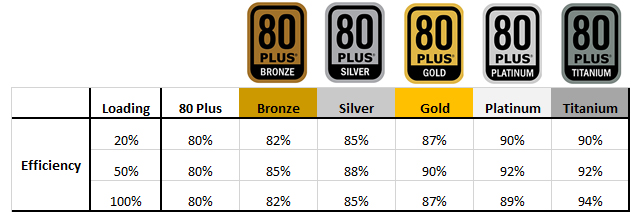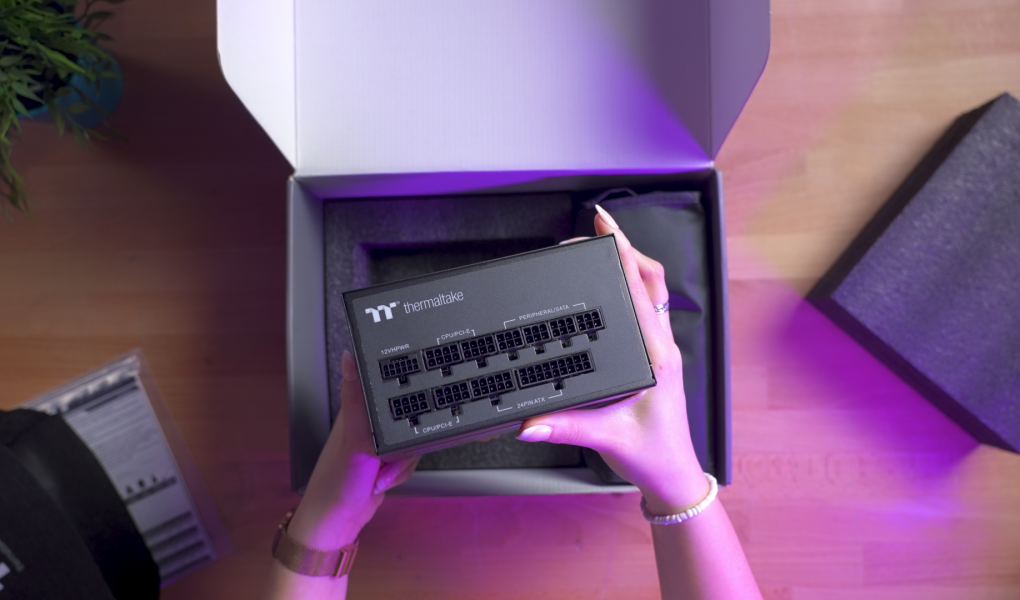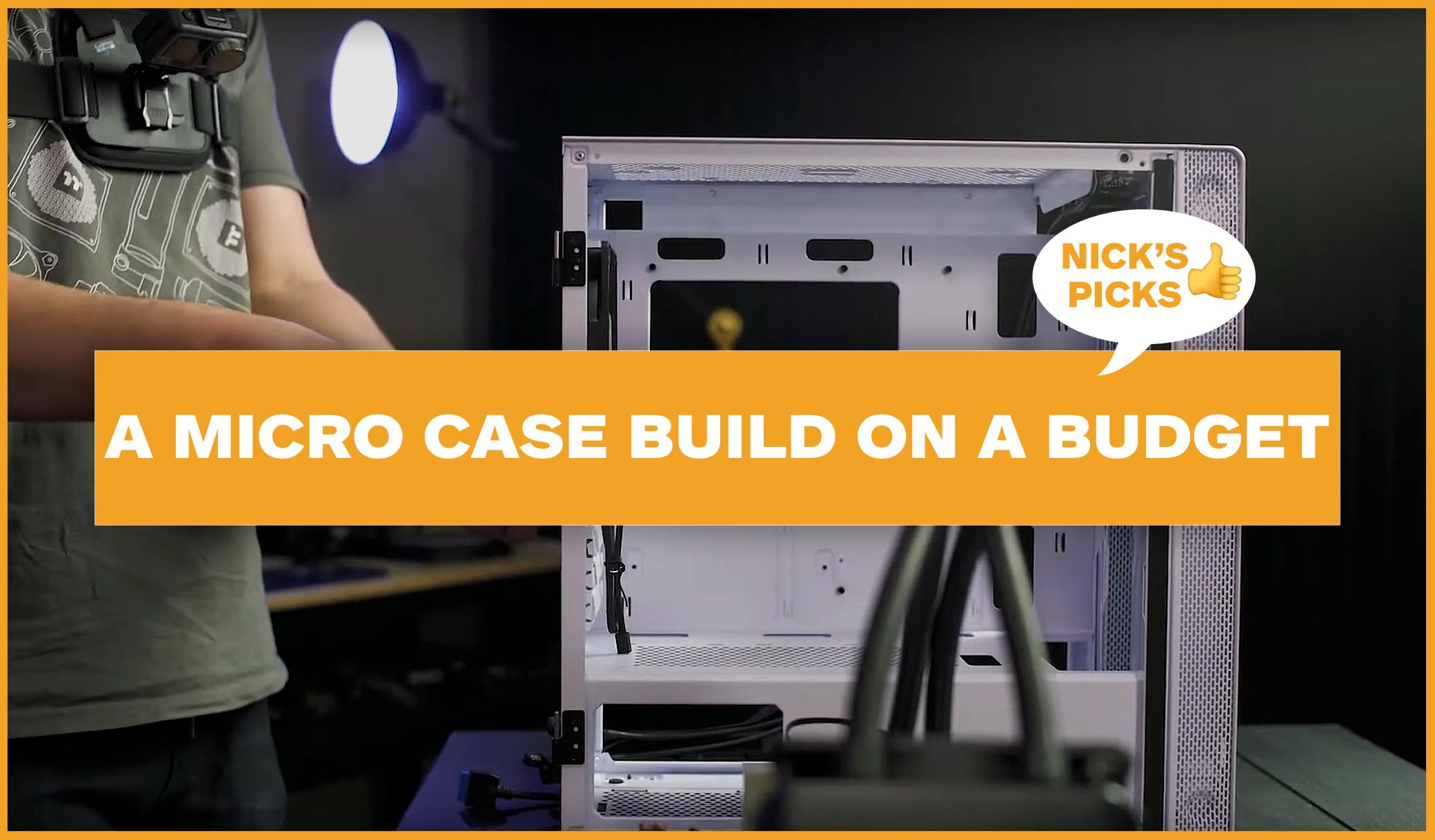There is a LOT of information out there for people trying to get into PC building. But that does also mean there is a lot of misinformation too! So, these posts aim to clear that up for anyone looking for the RIGHT answers to some common PC Tech myths. Welcome to PC Tech Mythbusters Part 4 – PSu Edition Let’s get started in busting PSU myths!
1. Higher Wattage is always better.
If you’re rocking a 1660 Super Graphics card and a Ryzen 5 1500X CPU, I can think of a lot of more beneficial things to spend your money on than a 1000W PSU. Power Supplies are definitely an instance of bigger isn’t always better. If your hardware only requires 450W of power to run, getting the largest wattage you can isn’t going to magically make things faster or anything. Infact, it can actually shorter your power supplies lifespan and certainly impact your wallet, for entirely no reason. Instead, pick a Power supply with the right wattage for you. If your PC only requires 450W to run, a 550-650W power supply will be more than enough and still give you space to upgrade if you want, without going overboard.
2. Ratings don’t mean anything.
If you don’t know already, some power supplies come with something called an, ’80 Plus Rating’. Now, Power Supplies as a whole are pretty unregulated, aside from the 80 Plus certification. This does mean you can indeed buy PSUs without a certification, and they also tend to be cheaper because of it. Buuut you then run the risk of that PSU being a complete dud. While yes, there are still PSUs with the rating that end up failing, you have far less of a chance of your PSU pooping itself, if it has at least been certified with the 80 Plus sticker. So yes, ratings are important to consider, especially if you are running higher end hardware.

3. You can mix and match cables from different PSUs.
This has to be without a doubt the most common question we receive regarding power supplies. If you have a fully modular PSU and decided to upgrade, surely you an just leave the cables plugged into your motherboard and just pop them straight into the new PSU right? WRONG! Different PSUs are different for a reason, and their cables are also designed differently, despite looking similar or allowing you to insert them into one another. The safest and best way to use a PSU is ALWAYS to run with the cables that came with it, lest you short circuit something.

4. Your PSU needs to be installed with the fan facing down.
This is something we have already tackled in the serious in our Airflow Mythbusters, but to repeat, you don’t necessarily have to insert your PSU one way or the other. Most will argue that inserting it in with the fan down is the better option. The main PSU fan is an intake fan, with the air exhausting out the back, so drawing in air from underneath does make the most sense.
But it is also possible for your PSU to draw in a lot of dust and all sorts of other stuff though if you don’t have a bottom filter. Additionally, PSU fans don’t turn on all the time, only really needing to turn on when under load, so as long as the rest of your PC has a decent airflow configuration, overheating is highly unlikely if you do face the fan up.
5. PSUs just don’t matter.
This is a myth I believe is vehemently not true. While not as flashy as a GPU or a CPU, PSU’s are one of the most vital parts of your PC. Afterall, without one, nothing works! If you care about your hardware, don’t skimp out on a PSU. Do your research like you would for any other part and ensure the one you pic is the right one for you. Your PC will thank you for it.

I hope this was able to clear up some common PSU myths.
Do you want to help with busting PSU myths? Leave a comment below and share it! And while you’re still here, why not check out the rest of our Tech Mythbusters series, or head over to our YouTube channel for more awesome content from us!



